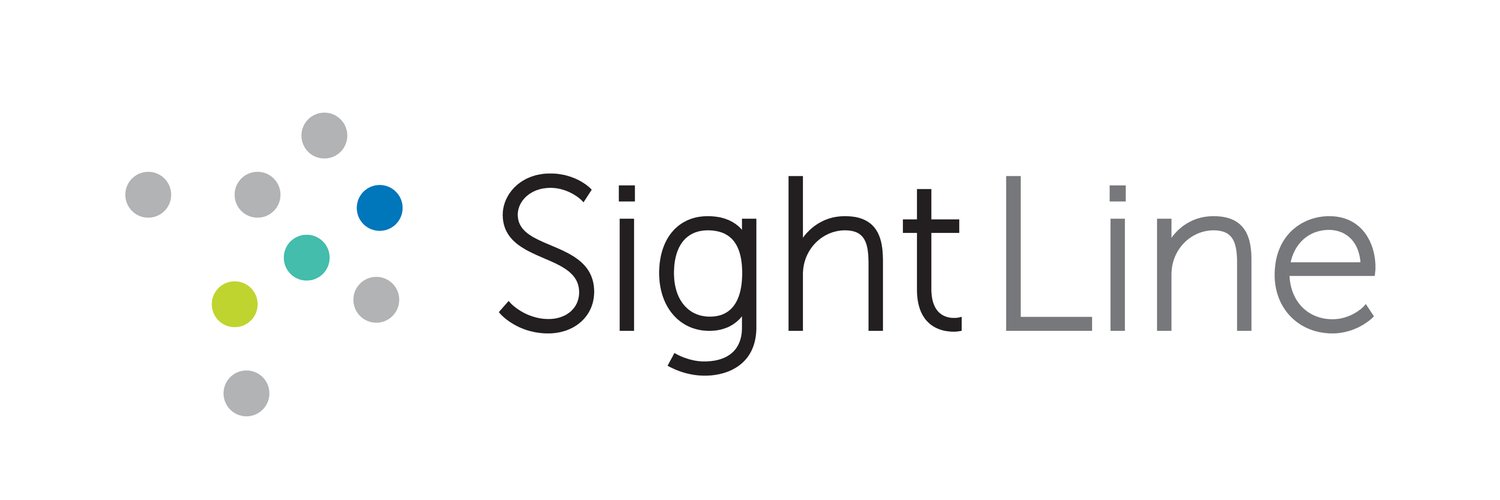The Top 3 Benefits of Employing Students on Campus
Many universities have significant budgets available for student employment. At SightLine, we view these resources as a great opportunity to engage with the students at your University and promote student success. University leaders may have questions regarding the positive or potentially negative effects that student employees may feel. The following are some questions University employers are asking:
Should all students be eligible for employment?
What kind of GPA or term credit hour restrictions should we implement?
Are there some students who would benefit more than others by being employed at the University?
How can we leverage student employment opportunities to engage with students financially, academically and personally?
To begin,let’s look at the top three benefits that we have seen from universities that are employing students on campus!
1. Improved Student Performance:
According to the Bureau of Labor Statistics, undergraduate students who work part time in college have higher grade point averages than students who do not work at all. At SightLine, we performed our own analysis and found that students who were employed on campus were significantly more likely to remain in good academic standing and to stay enrolled through their four-year degree. In fact, student employment is frequently one of the top five most important factors in predicting student success!
We also found that students with less than 15 term credit hours are more likely to leave their degree programs. Therefore, we concluded that students with a reasonable course load who are employed or engaged otherwise at the University learn important time management skills which help them stay on track in their studies. SightLine recommends that students work between 10 and 15 hours per week to maintain balance in their lives and sleep schedules while still having time to study and socialize.
2. Students Can Gain Experience in their Field of Study:
Though financially beneficial, University employment can include work outside of food or labor services. There are a wide variety of campus opportunities for students based on their interests including:
Student Academic Support: For students interested in teaching, undergraduate students can be employed to provide peer-led academic support. Responsibilities range from grading and preparing class materials, to monitoring laboratories and providing individual tutoring opportunities.
Undergraduate Research Assistant: Research assistantships grant students a first look into the field they will soon enter. Students can gather data in their chosen field, participate in data analysis, literature reviews, laboratory analysis and experimentation, and practice critical thinking when evaluating results. Students may also find the opportunity to co-author published articles and present at national conferences. These research-oriented experiences can likely shape a student’s career trajectory and prepare them for graduate school or their first job out of college.
Student Administrative Support: This seemingly secretarial work, can have a significant impact for both students and universities. Business students can be involved in bookkeeping, accounting, and finance. Marketing students may bring a fresh perspective to graphic design, communications, and public relations. Meanwhile other students may have an interest in generating contact leads for fundraising with donors, who may be very excited to hear from actual university students.
Student Technology Support: This job function could range from laboratory maintenance and management to theater work, video marketing productions, and real-world experience in information technology positions where students will gain hands on experience with programming and web development.
Student Health/Fitness/Wellness Support: Students involved in exercise science, psychology, or medical programs may be interested in jumpstarting their career while they are still attending the University. This work may include student coaching of sports clubs, instructing fitness programs, interning at University Health Services, or even providing peer-led mental health or crisis counseling.
3. Maximized University Financial Aid Budgets with a Significant ROI:
Not only are students financially benefiting from being employed, the University recuperates many of their expenditures through increased retention rates of both the employed students, and their peers with whom they engage. By having peer-led mental health mentoring or academic tutoring, universities will see increased retention with many students engaged with these programs.
In conclusion, on-campus student employment benefits both students and Universities, making it an area for growth and development. Traditional financial-aid budgets may be re-routed to student employment opportunities to make better use of already outgoing funds. Not only will students be more engaged during University careers, but the school itself may also see remarkable innovation from younger minds. These efforts could potentially fill their student pipeline for graduate school with students who already have developed personal career skills, a win-win model for both students and Universities.
